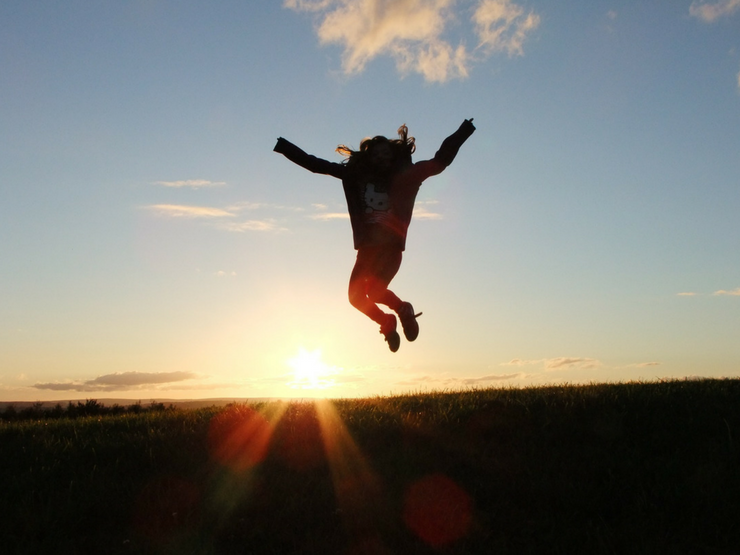On a seasonally adjusted basis, the NAB Online Retail Sales Index recorded a drop in growth in July


Insight
Wellbeing declined in the final months of 2019, after rising throughout the first 3 quarters of last year.

Wellbeing in Australia declined in the final months of 2019, after rising throughout the first 3 quarters of last year. Overall wellbeing was again rated highest by Australians over the age of 65 – the only age group to report higher wellbeing. New NAB research suggests nearly 1 in 4 Australians also experienced quite high feelings of loneliness. By age, young Australians were the most lonely and older people the least, with the highest concentration of lonely people among the unemployed. Financial anxiety also climbed as the gap between men and women widened. Not having enough to finance retirement remains the top cause of financial anxiety for Australians. Around 4 in 10 people experienced some form of financial stress or hardship over the past 3 months – the highest number reported since Q4 2016. By gender, the number of women experiencing hardship jumped noticeably.
The NAB Australian Wellbeing Index fell 1.7 points over the quarter to a below average 64.3, but was broadly on par with the same time last year (64.2). Wellbeing fell across all measures of the Index, led by a lower sense of life satisfaction, life worth and happiness. Australians were however only slightly more anxious, but anxiety continues to detract most from our overall sense of wellbeing.
The over 65s enjoyed higher wellbeing for all components of the Index, and were much less anxious than any other age group. Widows also reported very high wellbeing. On the flipside, Australians who rated their wellbeing lowest typically lived in a rented house or had ‘other’ living arrangements, were single, or aged 18-19 (both men and women). Young people also reported much higher levels of anxiety than any other age group.
Our pets contributed positively to wellbeing for the highest number of Australians in Q4. Personal safety and our homes shared second spot, while the positive impact from family & personal relationships slipped to fourth place (second in Q3). On the negative side, other debts replaced events (such as abuse or victimisation) as the biggest detractor from personal wellbeing in Q4. Mortgages were also significant.
Around 4 in 10 Australians also experienced some form of financial stress or hardship in the past 3 months. The number of women experiencing hardship jumped noticeably (42%), but was broadly unchanged for men (38%). By age, it impacted an equal survey high 57% of 18-29 year olds, but was broadly unchanged in other age groups. Over 1 in 2 people in the lowest income group also experienced some hardship (or almost twice as many than in the highest income group). For those that experienced hardship, not having enough money for an emergency and being unable to pay a bill were the main causes.
Loneliness can affect anyone, and numerous studies show it can have a negative impact on wellbeing – both mental and physical. In this report, NAB asked Australians to self-rate how lonely they felt. Encouragingly, the average Australian reported quite ‘low’ levels of loneliness in Q4, scoring just 35.5 points out of a possible 100 (where 100 = ‘completely’ lonely). But a large number reported quite high feelings of loneliness – 1 in 10 (10%) rated their loneliness ‘high’ (90 plus points) and a further 13% ‘medium’ (70-89 points).
For many reasons (such as loss of partner or mobility), older people are often thought of as being more solitary and lonely. But NAB’s survey suggests the inverse is true. Young people aged 18-29 indicated they were loneliest (46.5 points), and loneliness falls as we grow older with the over 65s the least lonely (22.8 points). It is also very significant that over 3 in 10 young people rated their loneliness ‘medium’ or ‘high’, more than double the number in the 65+ age group.
Men and women reported similar levels of loneliness. But when looked at by gender and age, men aged 18-29 were the loneliest, and more so than 18-29 year old women. Middle-aged men were also lonelier than similarly aged women. However, this pattern changes in older groups, with women rating loneliness higher than men in the 50-64 and over 65 age groups.
The highest concentration of lonely people was found among the unemployed, with almost 4 in 10 indicating ‘medium’ or ‘high’ levels of loneliness. More unemployed people (around 16%) also said felt ‘high’ levels of loneliness than any other demographic.
Learn more in the NAB Australian Wellbeing Survey Q4 2019
© National Australia Bank Limited. ABN 12 004 044 937 AFSL and Australian Credit Licence 230686.